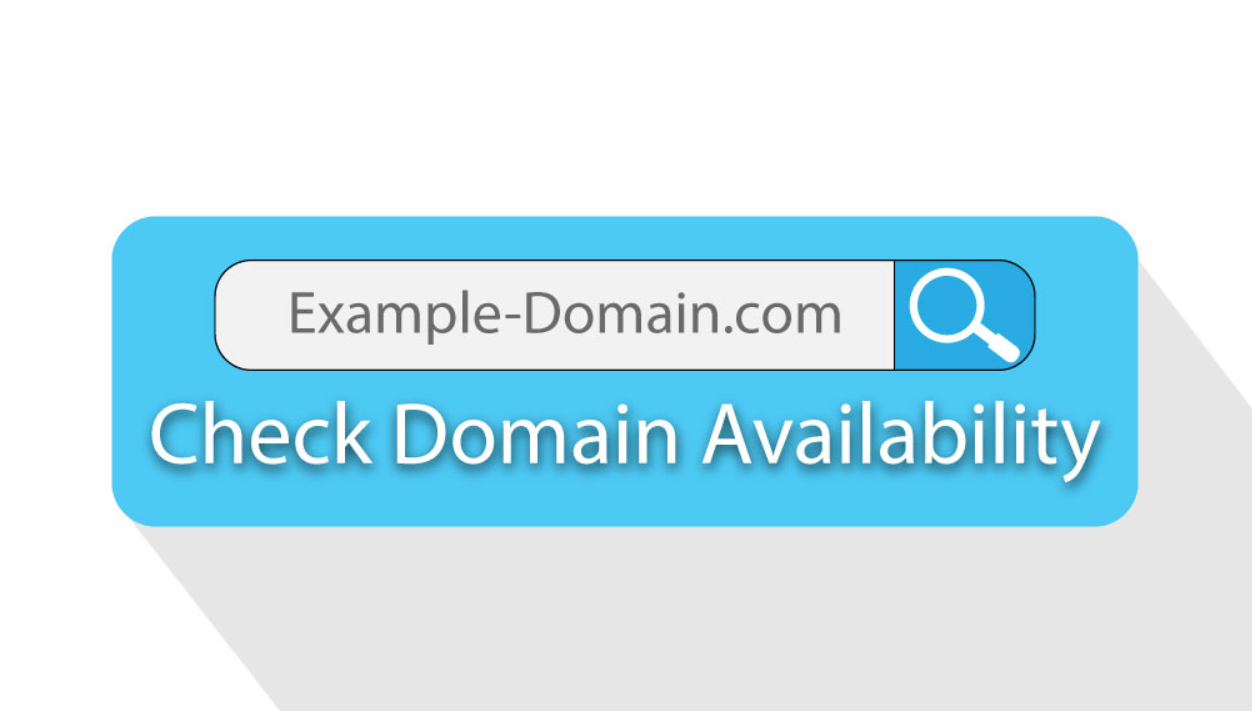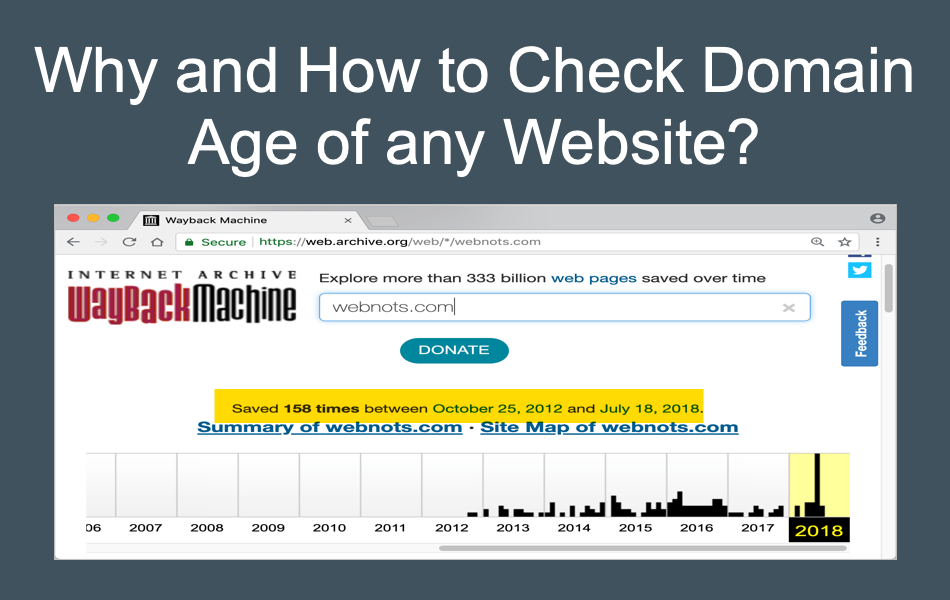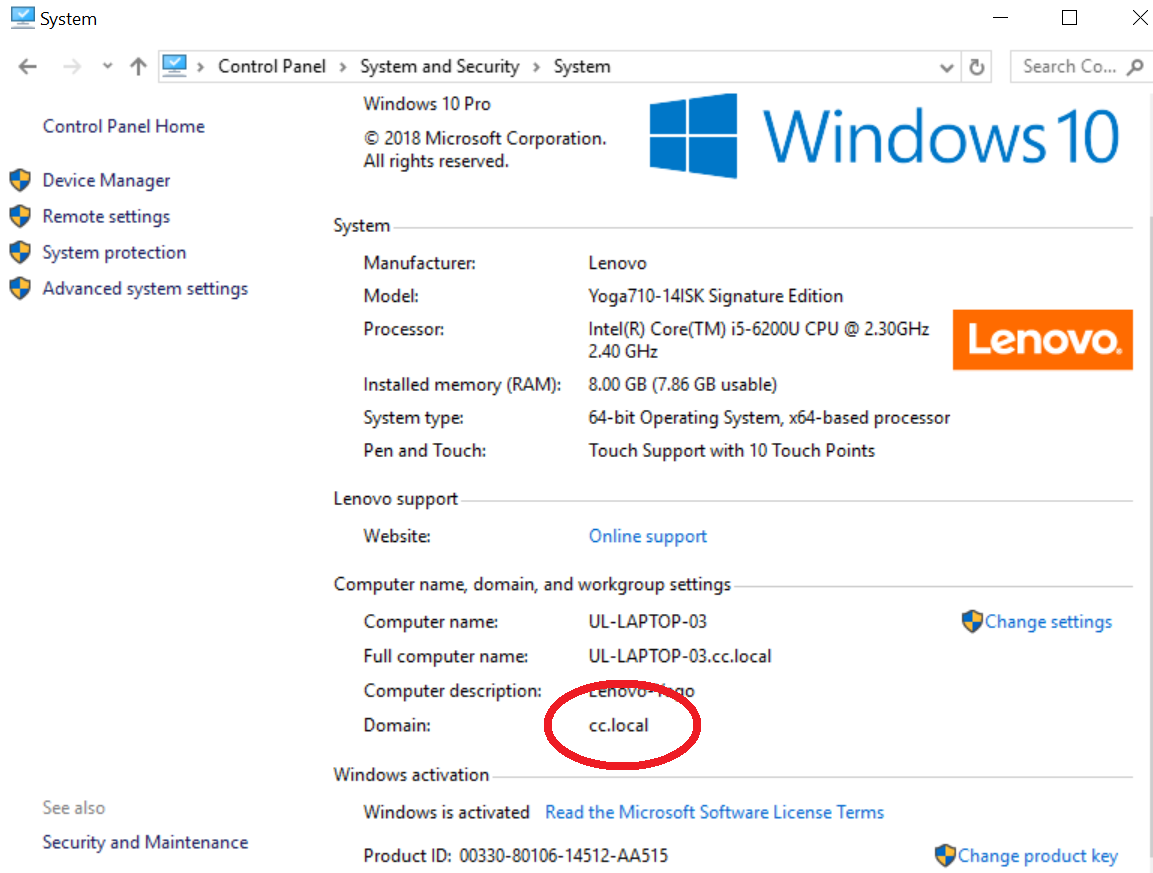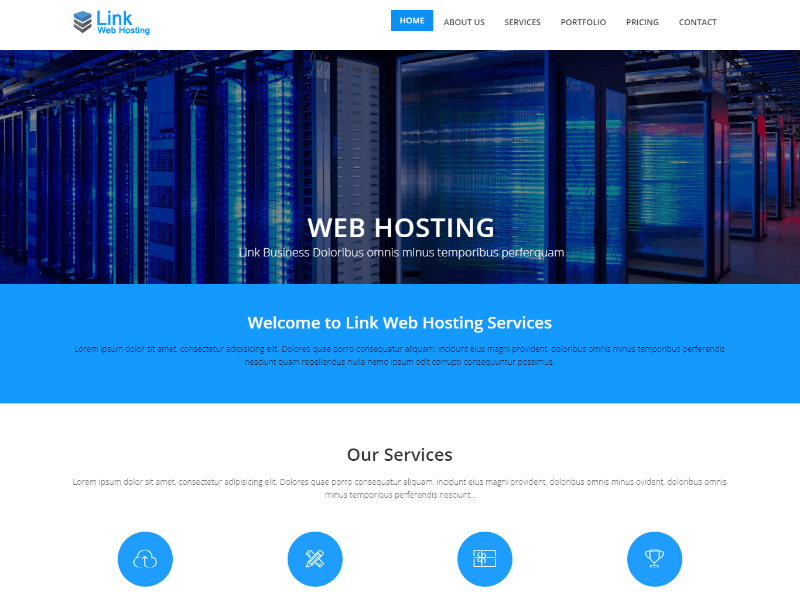Check my domain – a simple phrase that holds immense significance in the digital world. It’s the starting point for establishing your online identity, a gateway to a website, and a crucial step in building your brand’s presence. The domain name you choose reflects your brand, your values, and your online goals. It’s more than just an address; it’s a statement.
This guide delves into the intricacies of domain name selection, registration, management, and security. We’ll explore the process from choosing the perfect name to safeguarding your digital assets, ensuring your online presence is both secure and impactful.
Domain Availability Check
Before registering a domain name, it’s crucial to check its availability. This ensures that the desired name is not already taken, preventing potential legal issues and saving you time and effort.
Popular Domain Registrars
Domain registrars are companies that sell and manage domain names. Choosing a reputable registrar is important for security, reliability, and customer support.
- GoDaddy: One of the largest and most well-known domain registrars, offering a wide range of domain extensions and features.
- Namecheap: Known for its competitive pricing and user-friendly interface.
- Google Domains: Offers a simple and straightforward domain registration experience, integrated with Google services.
- Domain.com: Provides a comprehensive suite of domain management tools and services.
- Hover: Focuses on providing a clean and minimalist user experience, with a focus on customer service.
Checking Domain Availability, Check my domain
To check domain availability, you can use the search bar on a domain registrar’s website. Simply type in the desired domain name and click “Search.” The registrar will then inform you if the domain is available or taken.
For example, if you type in “example.com,” the registrar will tell you if that domain is available or not.
Domain Registration Process

Once you’ve confirmed your domain name is available, the next step is to register it. This process involves selecting a registrar, choosing a plan, and providing your personal information.
Choosing a Registrar
A domain registrar is a company that manages the registration of domain names. Many reputable registrars exist, each offering different features, pricing, and customer support. When selecting a registrar, consider factors such as:
- Price: Domain registration fees vary between registrars, so it’s important to compare prices before making a decision.
- Features: Some registrars offer additional features, such as domain privacy protection, website builders, and email hosting. These features can be beneficial, but they may also increase the cost of registration.
- Customer Support: Look for a registrar with responsive customer support in case you encounter any issues during the registration process.
Selecting a Plan
Most registrars offer different domain registration plans, typically categorized by duration. Common plans include:
- Annual: This is the most common plan, with a registration period of one year. It’s usually the most affordable option.
- Biennial: This plan covers a two-year registration period. It often offers a discount compared to registering annually for two years.
- Triennial: This plan covers a three-year registration period. It typically offers the most significant discount compared to registering annually for three years.
Providing Personal Information
During the registration process, you’ll be asked to provide personal information, including your name, address, email address, and phone number. This information is used to verify your identity and contact you regarding your domain name.
Domain Privacy Settings
Domain privacy settings are crucial for protecting your personal information. When you register a domain name, your contact information is publicly accessible through a WHOIS database. This means anyone can find your name, address, and other details. Domain privacy protection hides your personal information from the WHOIS database, replacing it with the registrar’s contact information.
“Domain privacy protection is highly recommended to safeguard your personal information and prevent unwanted contact.”
Step-by-Step Guide for Registering a Domain Name
Here’s a step-by-step guide for registering a domain name:
- Choose a Registrar: Select a reputable domain registrar that meets your needs and budget.
- Enter Your Domain Name: Type your desired domain name into the search bar on the registrar’s website.
- Select a Plan: Choose a registration plan that suits your needs and budget.
- Provide Personal Information: Fill in the required personal information, including your name, address, email address, and phone number.
- Enable Domain Privacy Protection: Select the option to enable domain privacy protection to protect your personal information.
- Review and Confirm: Review the registration details and confirm your order.
- Make Payment: Complete the payment process to finalize the domain registration.
Domain Name Renewal

Your domain name is the foundation of your online presence. Just like a lease on a physical property, you need to renew your domain name to keep it active. Failing to renew your domain name can lead to its expiration and potential loss, which can have significant consequences for your website and online brand.
Domain Name Renewal Periods
Domain name renewal periods typically range from one to ten years. The renewal period is determined by the domain registrar you choose and the specific top-level domain (TLD) you are using. For example, a .com domain name may have a renewal period of one year, while a .org domain name might have a renewal period of two years.
Consequences of Domain Expiration
When a domain name expires, it enters a grace period, which is usually a few weeks long. During this grace period, you can renew your domain name by paying a renewal fee, which is often higher than the standard renewal fee. If you fail to renew your domain name within the grace period, it becomes available for anyone to register. This means that someone else could register your domain name, potentially leading to a loss of your online presence and brand identity.
Automatic Domain Name Renewal
To avoid the risk of domain expiration, you can set up automatic renewal for your domain name. This means that your domain registrar will automatically renew your domain name before it expires, ensuring that you maintain control of your online presence. Most domain registrars offer automatic renewal as a standard feature.
Renewing an Expired Domain Name
If your domain name has already expired, you may still be able to recover it. However, the process can be more complex and expensive than renewing it before it expires. The first step is to check if the domain name is still available. If it is, you can attempt to renew it through your domain registrar or through a domain auction service. However, if someone else has already registered your expired domain name, you may need to contact them directly to try to reclaim it.
Domain Name Management
Domain name management refers to the tasks and processes involved in overseeing and controlling your domain name. This includes everything from updating contact information and DNS settings to securing your domain and preventing unauthorized access. Effective domain name management is crucial for maintaining website accessibility, ensuring brand protection, and maximizing online presence.
Domain Name Management Tools and Features
Domain name management tools are software applications or platforms designed to streamline and simplify the process of managing domain names. These tools provide a central hub for managing multiple domain names, offering a range of features to enhance efficiency and control.
- Domain Registration and Renewal: Most domain management tools allow you to register new domain names and renew existing ones directly through the platform. This simplifies the registration process and eliminates the need to navigate multiple websites.
- DNS Management: Domain Name System (DNS) records link your domain name to your website’s server. Domain management tools provide an interface for managing DNS records, enabling you to update or modify settings as needed.
- Contact Information Management: These tools allow you to update contact information associated with your domain name, such as your email address, phone number, and physical address. This ensures that you receive important notifications and updates related to your domain.
- Domain Security Features: Some tools offer security features like domain locking, which prevents unauthorized transfers of your domain name. Others provide two-factor authentication for added security.
- Domain Analytics and Reporting: Advanced domain management tools may provide insights into domain name usage, such as traffic statistics, website performance, and search engine rankings. This data can help you optimize your domain and website for better online visibility.
Updating Domain Name Contact Information
Keeping your domain name contact information up-to-date is essential for receiving critical notifications and updates. These notifications may include domain renewal reminders, security alerts, or changes in domain name policies.
- Access your domain registrar’s website: Log in to your account with your domain registrar, the company that registered your domain name.
- Locate the contact information section: Navigate to the section where you can manage your domain name’s contact details.
- Update the information: Make the necessary changes to your email address, phone number, physical address, or any other contact information.
- Save the changes: Confirm the updated information and save the changes to your domain name profile.
Updating Domain Name DNS Settings
DNS settings determine how your domain name translates to your website’s server. Updating these settings is necessary when you change hosting providers, create subdomains, or implement other website-related changes.
- Access your domain registrar’s website: Log in to your account with your domain registrar.
- Locate the DNS management section: Navigate to the section where you can manage your domain’s DNS records.
- Edit the relevant DNS records: Identify the DNS record you need to update, such as the A record, CNAME record, or MX record. Make the necessary changes to the record’s value, which usually corresponds to the IP address or hostname of your website’s server.
- Save the changes: Confirm the updated DNS settings and save the changes to your domain name profile.
Securing a Domain Name
Securing your domain name is vital to protect your website and online presence from unauthorized access, malware, and other threats. Implementing robust security measures can help prevent domain hijacking, phishing attacks, and other cyberattacks that could compromise your website’s integrity.
- Enable Domain Locking: Domain locking, also known as transfer lock, prevents your domain name from being transferred to another registrar without your explicit authorization. This helps prevent unauthorized transfers and protects your domain from being hijacked.
- Use Strong Passwords: Choose strong and unique passwords for your domain registrar account and any other services associated with your domain name. Avoid using easily guessed passwords and consider using a password manager to generate and store strong passwords securely.
- Enable Two-Factor Authentication (2FA): Two-factor authentication adds an extra layer of security by requiring you to enter a unique code from your mobile device in addition to your password when logging in. This makes it significantly harder for unauthorized individuals to access your account.
- Monitor Domain Name Security: Regularly check your domain name for any suspicious activity or changes. Look for unauthorized modifications to your DNS settings, contact information, or other domain name attributes. If you notice anything unusual, contact your domain registrar immediately.
Domain Name Security
Your domain name is a crucial part of your online presence, acting as your digital address. It’s essential to safeguard your domain name from security threats to maintain control over your website and protect your brand.
Domain Name Security Threats
Domain name security threats can have serious consequences, ranging from website downtime to financial losses. Here are some common threats:
- Domain Hijacking: This occurs when an unauthorized party gains control of your domain name, potentially redirecting your website traffic to a malicious site or using your domain for phishing scams.
- Domain Spoofing: This involves creating a domain name that closely resembles a legitimate one, often used to trick users into visiting a fake website.
- DNS Poisoning: This attack manipulates the Domain Name System (DNS) to redirect users to fraudulent websites.
- Domain Name Theft: This involves stealing a domain name from its rightful owner, often through social engineering or exploiting vulnerabilities in the domain registration process.
Best Practices for Securing Your Domain Name
Several measures can significantly enhance the security of your domain name:
- Strong Passwords: Use strong passwords that combine uppercase and lowercase letters, numbers, and symbols. Avoid using easily guessable passwords or personal information.
- Two-Factor Authentication (2FA): Enable 2FA on your domain registrar account to add an extra layer of security. This requires you to enter a code from your mobile device in addition to your password when logging in.
- Domain Lock: Enable domain lock to prevent accidental or unauthorized transfers of your domain name. This feature restricts any changes to your domain name registration without your explicit approval.
- Regular Security Checks: Periodically review your domain name registration details, DNS settings, and account activity for any suspicious changes.
- DNSSEC (Domain Name System Security Extensions): This technology adds an extra layer of security to the DNS, verifying the authenticity of DNS records and preventing DNS poisoning attacks.
Role of Domain Name Registrars
Domain name registrars play a vital role in protecting against security threats:
- Security Measures: Reputable registrars implement robust security measures, including encryption, firewalls, and regular security audits, to safeguard their systems and customer data.
- Account Security Features: They provide features like two-factor authentication, domain lock, and password strength requirements to enhance account security.
- Security Awareness: They educate customers about common security threats and best practices to protect their domain names.
- Incident Response: In the event of a security breach, registrars should have procedures in place to respond quickly and effectively, mitigating the impact of the incident.
Domain Name Privacy

In today’s digital world, where data breaches and online privacy concerns are prevalent, protecting your personal information is crucial. This is especially important when it comes to your domain name, which often contains sensitive details like your contact information. Domain name privacy, also known as WHOIS privacy protection, is a vital aspect of online security that safeguards your personal information from public access.
Domain Name Privacy Protection Options
Domain registrars offer various privacy protection options to shield your contact details from public view.
- Private Registration: This option replaces your actual contact information with the registrar’s contact details, preventing your personal information from being displayed publicly in the WHOIS database.
- Domain Privacy Protection: Similar to private registration, this service hides your contact information and replaces it with the registrar’s details. It typically comes with an additional fee and offers enhanced security features.
- Proxy Service: A proxy service acts as an intermediary between your domain name and the WHOIS database, hiding your personal information and directing inquiries to the proxy provider’s contact details.
Tips for Maintaining Privacy While Using a Domain Name
Maintaining privacy while using a domain name involves taking proactive steps to protect your information.
- Use a Separate Email Address: Create a dedicated email address for your domain name registration and communication. This prevents spam and helps keep your personal email address private.
- Avoid Sharing Personal Information: Be cautious about sharing personal information in public forums or on websites related to your domain name. Keep your personal information confidential.
- Regularly Monitor Your Domain Name: Keep an eye on your domain name’s WHOIS information to ensure that your contact details remain hidden and that no unauthorized changes have been made.
- Choose a Reputable Registrar: Select a reputable domain registrar that offers robust privacy protection features and a strong track record of security.
Last Point: Check My Domain
In the ever-evolving digital landscape, understanding domain names is essential. From securing your online identity to building a strong brand, a well-chosen and well-managed domain name is a valuable asset. By following the steps Artikeld in this guide, you can navigate the world of domain names with confidence, ensuring your online presence is both secure and successful.
Checking your domain is crucial for ensuring your online presence is secure and accessible. A strong domain name can help you stand out, but it’s equally important to understand the technology behind it. For example, you might be surprised to learn that some websites still rely on macromedia flash , a technology that’s been phased out in recent years.
While it’s important to keep up with the latest trends, checking your domain also means making sure it’s properly registered and protected from potential threats.




